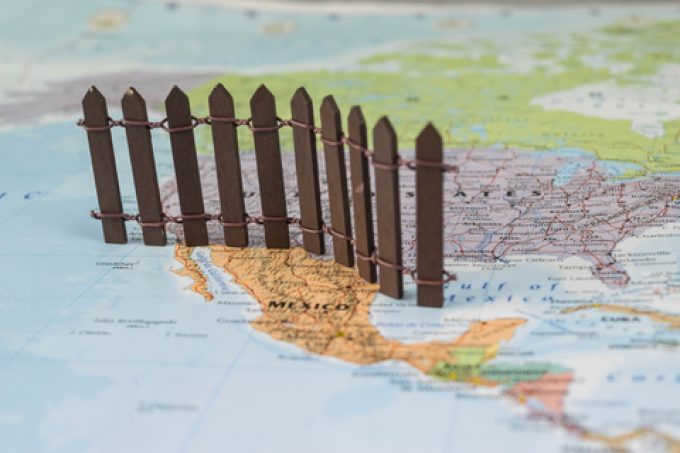Government pledges huge investment for a new era in Mexican logistics
Poor infrastructure and bottlenecks across all modes of transport has resulted in plans to invest ...

North American supply chain stakeholders near-shoring to Mexico have increased opportunities for the region’s trucking sector, but the upcoming change of US president could jeopardise – or encourage – trade relations.
Since former president Donald Trump replaced the North American Free Trade Agreement (NAFTA) with ...

Comment on this article